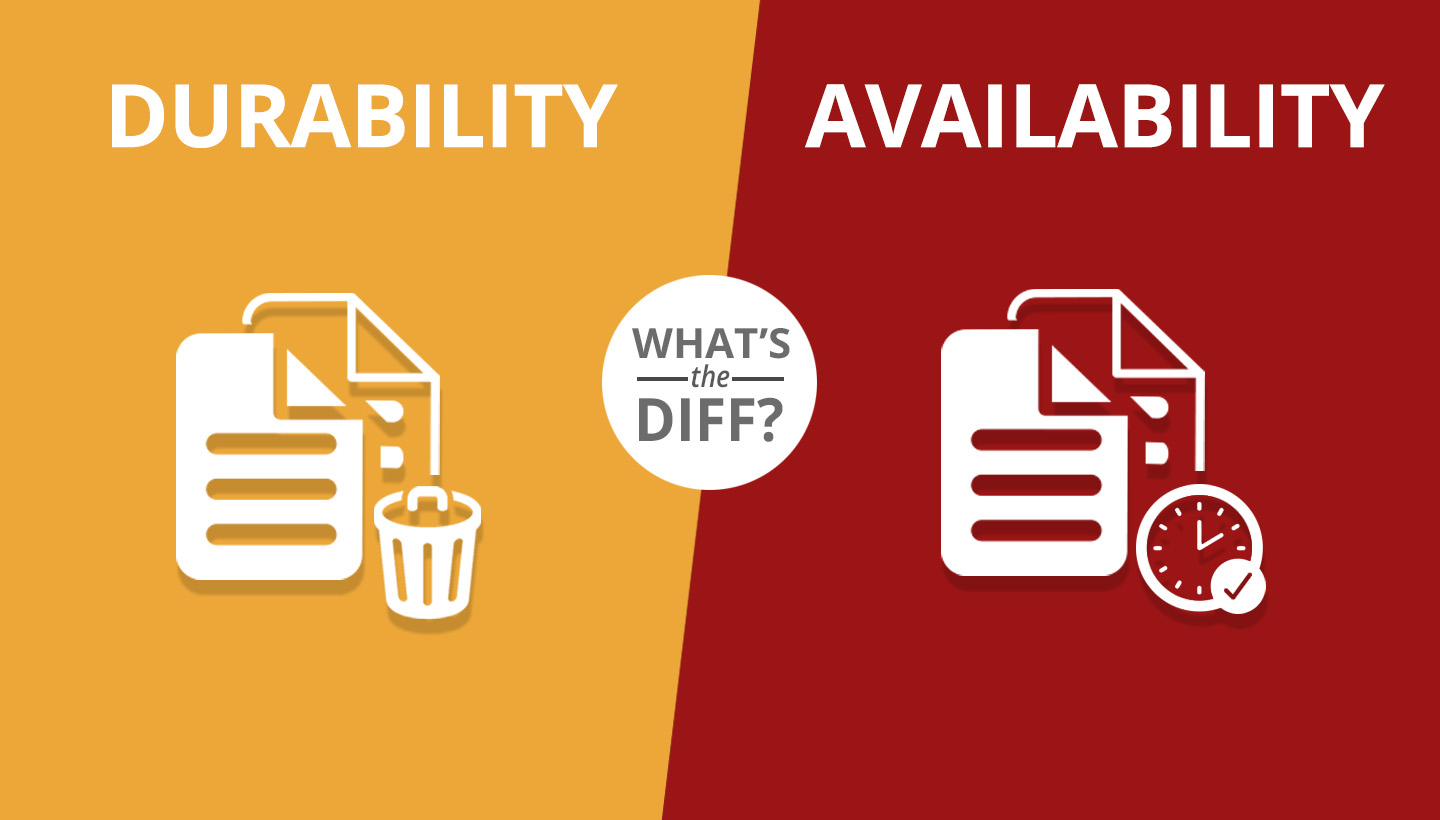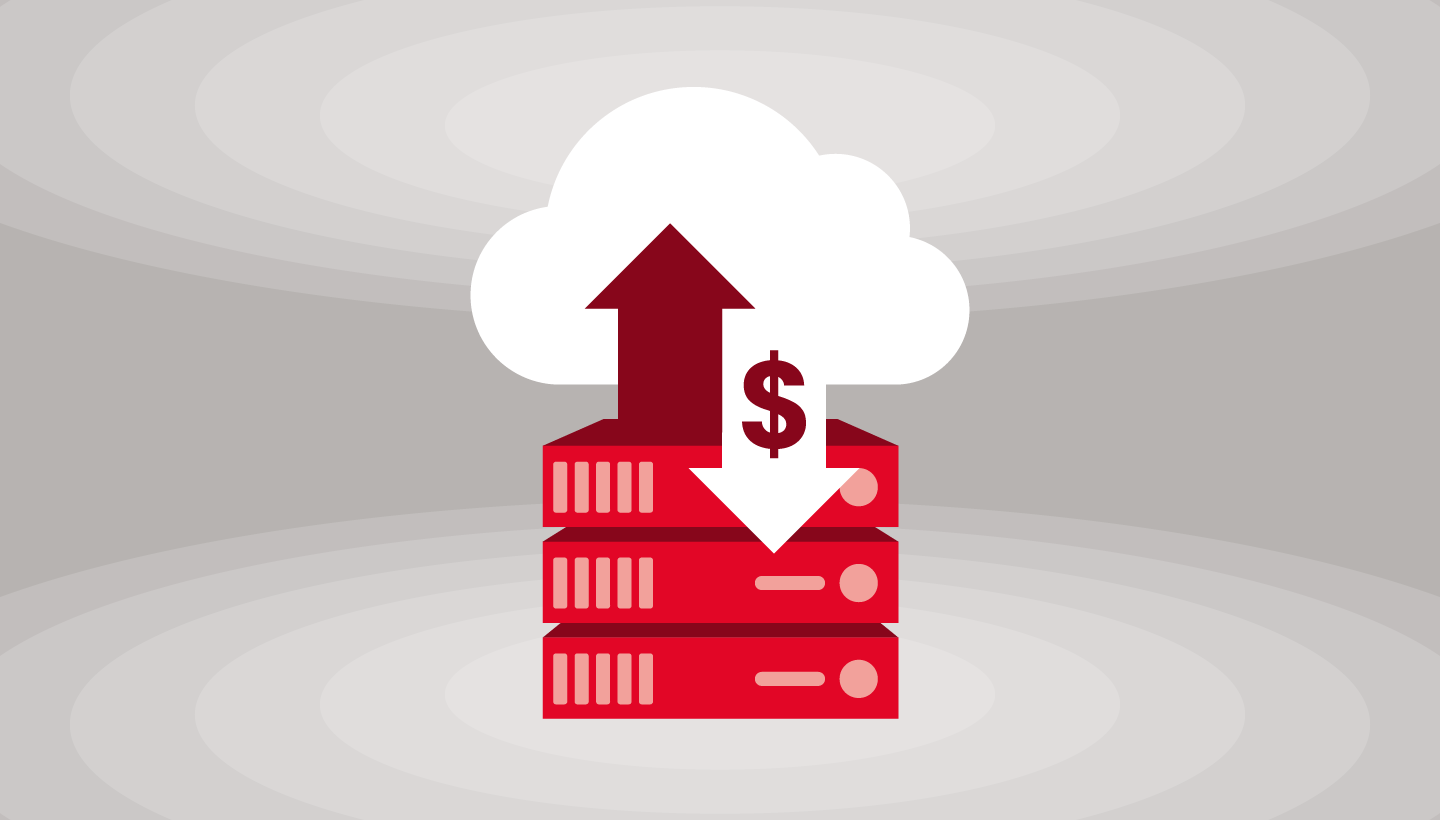
When shopping for a cloud storage provider, customers should ask a few key questions of potential storage providers. In addition to inquiring about storage cost, data center location, and features and capabilities of the service, they’re going to want to know the numbers for two key metrics for measuring cloud storage performance: durability and availability.
We’ve discussed cloud storage costs and data center features in other posts. In this post we’re going to cover the basics of durability and availability.
Add Redundancy, Support Compliance, and More With Backblaze Cloud Replication
Backblaze Cloud Replication is a new service that allows customers to automatically store and sync data in different locations—across regions, across accounts, or in different buckets within the same account. There are three main reasons you might want to use Cloud Replication:
- Data Redundancy: Replicating data for security, compliance, and continuity purposes.
- Data Proximity: Bringing data closer to distant teams or customers for faster access.
- Replication Between Environments: Replicating data between testing, staging, and production environments when developing applications.
Click here to learn more and get started today if you’re not yet a Backblaze B2 customer.
What is Cloud Durability?
Think of durability as a measurement of how healthy and resilient your data is. You want your data to be as intact and pristine on the day you retrieve it as it was on the day you stored it.
There are a number of ways that data can lose its integrity.
1. Data loss
Data loss can happen through human accident, natural or manmade disaster, or even malicious action out of your control. Whether you store data in your home, office, or with a cloud provider, that data needs to be protected as much as possible from any event that could damage or destroy it. If your data is on a computer, external drive, or NAS in a home or office, you obviously want to keep the computing equipment away from water sources and other environmental hazards. You also have to consider the likelihood of fire, theft, and accidental deletion.
Data center managers go to great lengths to protect data under their care. That care starts with locating a facility in as safe a geographical location as possible, having secure facilities with controlled access, and monitoring and maintaining the storage infrastructure (chassis, drives, cables, power, cooling, etc.)
2. Data corruption
Data on traditional spinning hard drive systems can degrade with time, have errors introduced during copying, or become corrupted in any number of ways. File and operating systems and utilities have ways to double check that data is handled correctly during common file and data handling operations, but corruption can sneak into a system if it isn’t monitored closely or if the storage system doesn’t specifically check for such errors as is common with systems with ECC (Error Correcting Code) RAM. Object storage systems will commonly monitor for any changes in the data, and often will automatically repair or provide warnings when data has been changed.
How is Durability Measured?
Object storage providers express data durability as an annual percentage in nines, as in two nines before the decimal point and as many nines as warranted after the decimal point. For example, eleven nines of durability is expressed as 99.999999999%. What this means is that the storage vendor is promising that your data will remain intact while it is under their care without losing any more than 0.000000001 percent of your data in a year (in the case of eleven nines annual durability).
Of the major vendors, Azure claims 12 nines and even 16 nines durability for some services, while Amazon S3, Google Cloud Platform, and others claim 11 nines, or 99.999999999% annual durability. Backblaze has calculated durability at 11 nines but, more importantly, we’re the only ones to disclose our math. We’ve also described why it doesn’t really matter.
How is Durability Maintained?
Generally, there are two ways to maintain data durability. The first approach is to use software algorithms and metadata such as checksums to detect corruption of the data. If corruption is found, the data can be healed using the stored information. Examples of these approaches are erasure coding and Reed-Solomon coding.
Another tried and true method to ensure data integrity is to simply store multiple copies of the data in multiple locations. This is known as redundancy. This approach allows data to survive the loss or corruption of data in one or even multiple locations through accident, war, theft, or any manner of natural disaster or alien invasion. All that’s required is that at least one copy of the data remains intact. The odds for data survival increase with the number of copies stored, with multiple locations an important multiplying factor. If multiple copies (and locations) are lost, well, that means we’re all in a lot of trouble and perhaps there might be other things to think about than the data you have stored.
The best approach is a combination of the above two approaches. Home data storage appliances such as NAS can provide the algorithmic protection through RAID and other technologies. If you store at least one copy of your data in a different location than your office or home than you’ve got redundancy covered, as well. The redundant location can be as simple as a USB or hard drive you regularly drop off in your old bedroom’s closet at mom’s house or a data center in another state that gets a daily backup from your office computer or network.
What is Availability?
If durability can be compared to how well your picnic basket contents survived the automobile trip to the beach, then you might get a good understanding of availability if you subsequently stand and watch that basket being carried out to sea by a wave. The chicken salad sandwich in the basket might be in great shape but you won’t be enjoying it.
Availability is how much time the storage provider guarantees that your data and services are available to you. This is usually documented as a percent of time per year, e.g. 99.9% (or three nines) means that your data will be available to you from the data center and you will be unable to access the data for no more than about ten minutes per week, or 8.77 hours per year. Data centers often plan downtime for maintenance, which is acceptable as long as you have no immediate need of the data during those maintenance windows.
| Availability % | Downtime Per Year | Downtime Per Month | Downtime Per Week | Downtime Per Day |
|---|---|---|---|---|
| 99% (two nines) | 3.65 days | 7.31 hours | 1.68 hours | 14.40 minutes |
| 99.5% | 1.83 days | 3.65 hours | 50.40 minutes | 7.20 minutes |
| 99.8% | 17.53 hours | 87.66 minues | 20.16 minutes | 2.88 minutes |
| 99.9% (three nines) | 8.77 hours | 43.83 minutes | 10.08 minutes | 1.44 minutes |
What availability is suitable for your data depends, of course, on how you’re using it. If you’re running an e-commerce site, reservation service, or a site that requires real-time transactions, then availability can be expressed in real dollars for any unexpected downtime. If you are simply storing backups, or serving media for a website that doesn’t get a lot of traffic, you probably can live with the service being unavailable on occasion.
There are of course no guarantees for connectivity issues that affect availability that are out of the control of the storage provider, such as internet outages, bad connections, or power losses affecting your connection to the storage provider.
Guarantees of Availability
Your cloud service provider should both publish and guarantee availability. Much like an insurance policy, the guarantee should be in terms that compensate you if the provider falls short of the guaranteed availability metrics. Generally, the better the guarantee and the greater the availability, the more reliable and expensive the service will be, though cost alone doesn’t ensure data durability or availability. It’s important to also consider the provider’s reputation, track record, and commitment to customer service when choosing a storage provider.
Backblaze Durability and Availability
Backblaze storage calculates at 99.999999999 (eleven nines) annual durability and 99.9% availability for its cloud storage services.
Be sure to read the service level agreement (SLA) closely, to see how your vendor defines availability. A provider might define zero downtime if a single internet client can access even one service, while others might require that multiple internet service providers and countries can access all services to be defined as available.
The Bottom Line on Data Durability and Availability
The bottom line is that no number of nines can absolutely protect your data. Human error or acts of nature can always intercede to make the best plans to protect data go awry. You need to decide how important the data is to you and whether you can afford to not have access to it temporarily or to lose it completely. That will guide what strategy or vendor you should use to protect that data.
Generally, having multiple copies of your data in different places, using reliable vendors for storage providers, and making sure that the infrastructure storing your data and your access to it will be supported (power, service payments, etc), will go a long way in ensuring that your data will continue to be intact and available when you need it.






